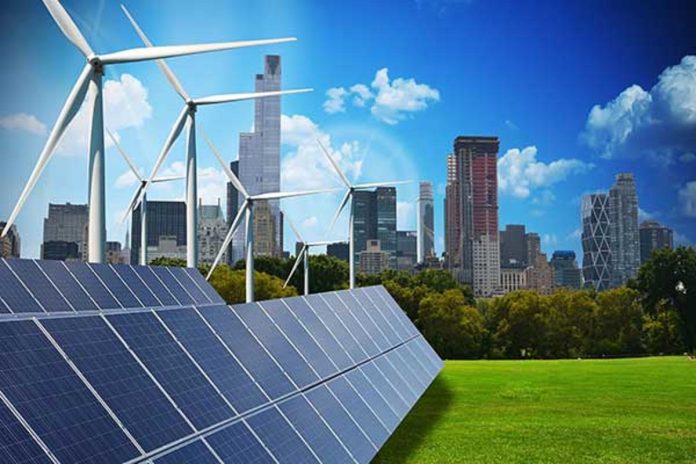- The global community is aware of how environmental degradation has caused tremendous hardships and challenges vis-à-vis erratic weather patterns leading to severe distress. The entire universe has taken cognizance of how environmental concerns have forced nations to not only pay desired levels of attention but also initiate measures to holistically address the issue by involving all stakeholders. At every multilateral platform and forum, the issue of safeguarding the environment from further exploitation invariably makes its presence felt. The thrust is rightly placed on this pressing issue which could prove to be greatly detrimental if the present leadership fails to address it more pragmatically for future generations.

PC: PTI
- One of the most obvious contributors to the erratic weather patterns is the continued use of fossil fuel burnings and other equally obnoxious pollutants heavily weighing in to spoil the environment. Of course, global leadership forums have time and again raised these concerns by highlighting the necessity of adopting alternative energy mechanisms to safeguard Mother Earth. Against this backdrop, India and Saudi Arabia signing a memorandum of understanding recently to cooperate in the field of energy makes for a welcome reading. Most hearteningly, the highlight was the emphasis on renewable energy, which includes the possibility of connecting national grids through an undersea interlink. Let’s delve deep into understanding the implications of this MoU.
- Both countries are executing a huge pivot towards renewable energy (RE) from traditional sources. Saudi Arabia aims to increase domestic RE capacity to 50% of total energy by 2030. India’s formal goal is to more than double the RE capacity of 175 GW in 2022 to 450 GW by 2030. The trend in both countries mimics a massive global push towards RE. Further, IEA forecast that by next year RE capacity addition will take the global capacity to 4500 GW, which is equal to the power output of the US and China combined. The top-down push towards RE through a combination of fiscal incentives in many countries hasn’t quite solved what comes next. RE production is linked to the right conditions such as sunshine, unlike energy from fossil fuels.

PC: REUTERS
- RE, therefore, makes grid management tricky as power demand is not constant throughout the day. India’s uneven state-wise RE development provides an insight into the challenge. Once storage costs for RE are brought into the picture, the cost calculus of RE is not always attractive. The ideal solution is to move power through the grid to other locations as there are variations in peak power demand India’s huge scale-up in RE by 2030, which is likely to be led by solar, will present significant downstream challenges in terms of grid management. It’s early days yet in the India-Saudi Arabia MoU, but it’s important to explore linking national grids to deal with the surge in RE capacity. Here, both countries start with the advantage of a stable diplomatic relationship.






